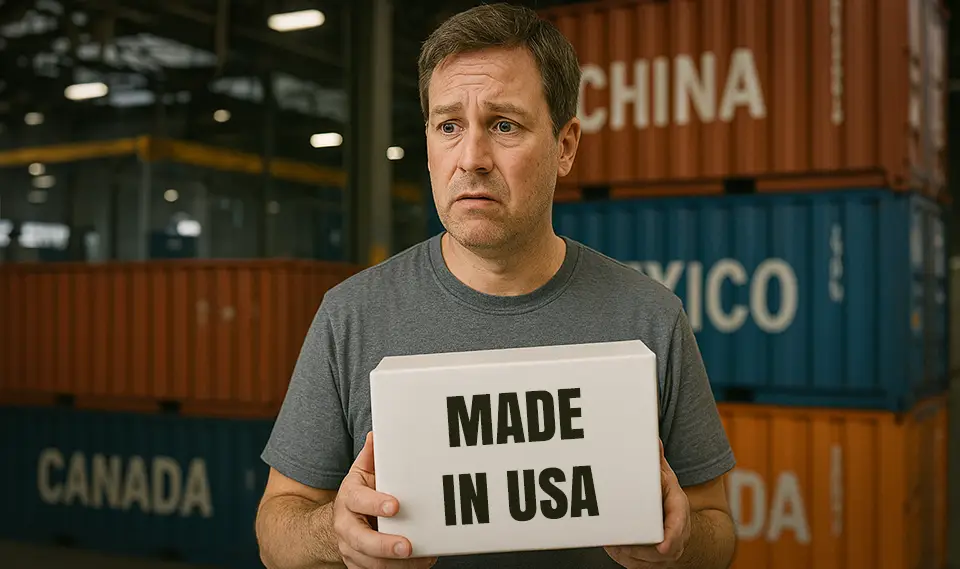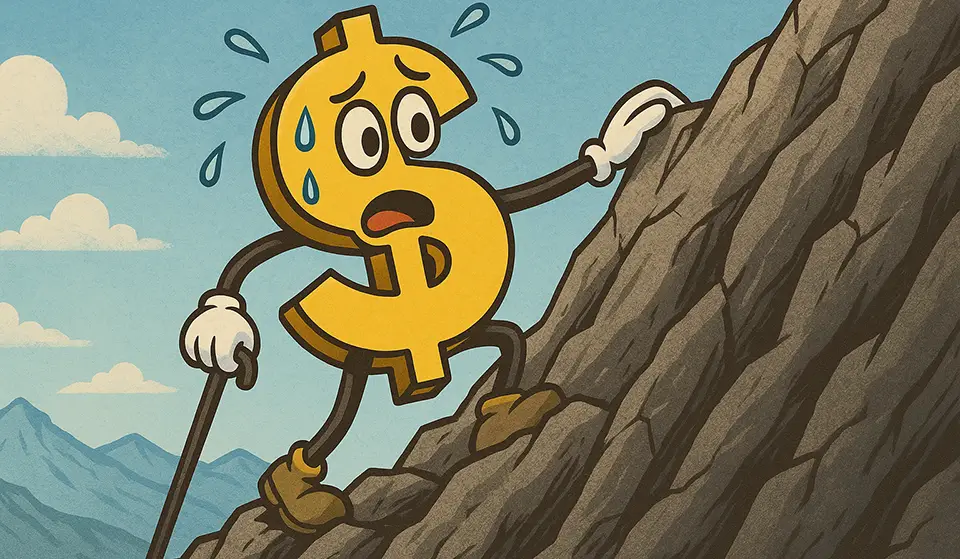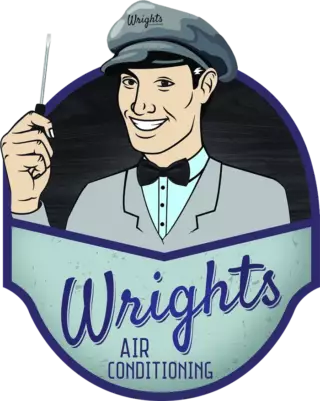If you’ve started shopping for a new air conditioner or heat pump this year and felt a little sticker shock, you’re not alone. HVAC prices across the country — including right here in Greenville, TX — are climbing fast. And while inflation has played a role, the real reasons are a little more complex.
In 2025, homeowners face a perfect storm of cost increases due to international tariffs, new refrigerant regulations, updated energy efficiency standards, and lingering labor shortages. But before you panic, here’s the good news: there are still smart, practical ways to save money and make informed decisions about your heating and cooling system.
Wright’s Air wants what is best for our valued customers, so we’re here to walk you through what’s changing, why it matters, and how you can stay ahead of the curve.
Tariffs Are Making HVAC Systems More Expensive
(Even If They’re Made in the USA)
Earlier this year, President Donald Trump announced a sweeping new set of tariffs on imported goods — and they’re already having a noticeable effect on HVAC equipment prices. The tariffs include a baseline 10% tax on imports from all countries, with much higher rates for specific nations like China (34%), Vietnam (46%), Taiwan (32%), and Japan (24%).
These countries are some of the biggest suppliers of the electronics, wiring, circuit boards, and refrigerant components used in HVAC systems. Even if the final product is assembled here in the United States, the parts still come from overseas — and manufacturers are now paying significantly more for them. Unsurprisingly, those higher production costs are being passed directly to the consumer.
In addition to component costs, the tariffs have targeted raw materials like steel and aluminum, essential for HVAC construction. Compressors, coils, and frames all rely on these metals, and with a 25% tariff in place, manufacturers are seeing their material costs spike.
Companies like Carrier, Lennox, Trane, and Daikin have already raised their prices in anticipation of ongoing increases. That means for homeowners in Greenville and surrounding areas, HVAC systems are simply costing more — whether you’re upgrading a worn-out AC unit or planning a full system replacement.

Refrigerant Changes Are Adding to the Price Pressure
While the tariff issue may sound like something from an economics textbook, refrigerant regulations are another significant change that hits even closer to home.
As of January 1, 2025, the Environmental Protection Agency (EPA) has officially banned manufacturing and importing HVAC systems using R-410A refrigerant — a long-standing industry standard. The reason? Environmental concerns. R-410A has a high Global Warming Potential (GWP). New alternatives like R-454B and hydrofluoroolefins (HFOs) significantly reduce environmental impact.
While this may be great news for the planet, manufacturers have had to completely redesign their equipment and production lines. These updates require major investment in new technology and processes — and those expenses, once again, get passed along to the end buyer.
On top of the refrigerant switch, 2025 also ushered in new federal energy efficiency standards for HVAC systems. These regulations, known as SEER2 (Seasonal Energy Efficiency Ratio 2), require all new systems to meet higher minimum efficiency thresholds. The goal is to reduce energy consumption, which helps homeowners save money in the long run — but the upfront cost of meeting these standards is higher, especially when older, cheaper models are no longer available.
If your current HVAC system is more than 10 years old, there’s a good chance it uses R-410A and falls short of the SEER2 requirements. That makes now a critical time to consider replacement before parts become scarce and prices climb even higher.
The Hidden Costs:
Labor Shortages and Smart Tech Trends
While tariffs and refrigerant rules are making headlines, some behind-the-scenes challenges also drive prices up.
One of the biggest is the ongoing labor shortage in the HVAC industry. Both manufacturers and service providers are struggling to find skilled workers — a trend that started during the pandemic and hasn’t let up. With fewer technicians available, wages are rising across the board, and service costs are increasing to reflect that reality.
At the same time, there’s been a noticeable shift in homeowner preferences. More and more families in Greenville are looking for HVAC systems that are energy-efficient, smart, and environmentally friendly. These modern systems offer benefits like Wi-Fi connectivity, automated scheduling, and even indoor air quality monitoring — but they come with a higher price tag.
How Much More Are HVAC Systems Costing in 2025?
The numbers tell the story clearly: HVAC equipment costs are up 20% to 40% compared to previous years. Between tariff-driven material hikes, refrigerant regulations, and labor-related increases, a full system replacement can now cost hundreds to thousands more than it did just a year or two ago.
Even routine repairs are getting more expensive. If your unit uses older refrigerants or hard-to-find parts, you might find yourself waiting longer — and paying more — to get your system back up and running.
So, what can you do to manage these rising costs?

Smart Ways Homeowners Can Save
(Even as Prices Rise)
Here’s the part you’ve been waiting for: the good news. While you may not have control over global tariffs or EPA rules, there are several steps you can take to protect your budget — and still get the reliable HVAC performance your home needs.
- Act Sooner Rather Than Later: If your current HVAC system is starting to show signs of age — frequent repairs, uneven cooling, or rising energy bills — don’t put off a replacement. Delaying can mean paying more down the line as prices continue to increase. Acting now allows you to lock in current equipment costs while accessing familiar refrigerants and models before they disappear.
- Tap into Rebates and Tax Credits: Thanks to the Energy Efficient Home Improvement Credit, you can get up to $3,200 in annual tax incentives by upgrading to eligible HVAC systems and improving your home’s energy performance. This includes up to $2,000 for installing a high-efficiency heat pump and up to $1,200 for central air conditioners, insulation, and energy-efficient windows. An additional $150 credit is available for completing a home energy audit. You can even space out improvements across multiple years to maximize savings.
- Explore Financing Options: At Wright’s Air, we partner with trusted financing providers to offer flexible payment plans that make upgrades more accessible. Whether you prefer low monthly payments or a 0% interest option, we’ll work with you to find a plan that fits your budget — so you don’t have to sacrifice comfort because of short-term costs.
- Consider Ductless Mini-Split Systems: If your home doesn’t have existing ductwork or you need targeted climate control in a garage, workshop, or room addition, ductless mini-splits are a great solution. They’re highly efficient, easy to install, and often eligible for rebates. Mini-splits allow for zoned temperature control, so you can heat or cool only the spaces you use most. That translates into lower energy bills and a more customized comfort experience.
Final Thoughts
Undoubtedly, 2025 is a challenging year for homeowners trying to manage HVAC costs. But with the right information and a proactive approach, you can make smart decisions that keep your home comfortable — without breaking the bank.
At Wright’s Air, we’ve been serving Greenville and Hunt County families for decades. We know the climate. We understand the equipment. And we genuinely care about helping you make the best decision for your home and budget.
Whether you’re considering a full system upgrade, exploring ductless options, or want to know what rebates and credits might apply to you, our team is here to help. Call us today at (903) 455-5662 to schedule a free consultation. Let’s work together to find a smart, affordable HVAC solution that gives you peace of mind — now and for years to come.

